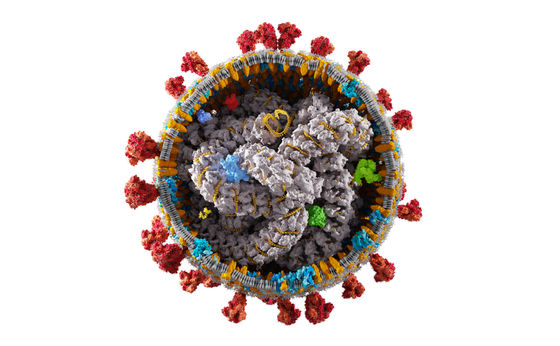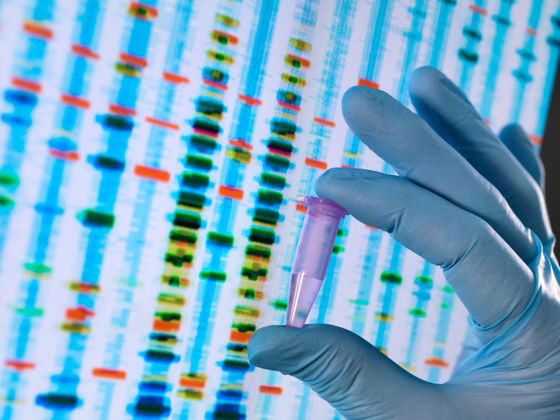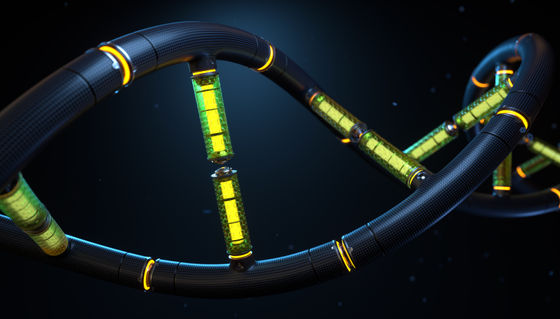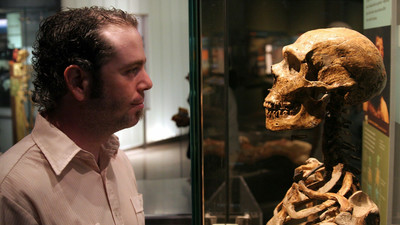A new discovery that scientists say is 'insane', what is the 'obelisk', a mysterious biological entity that is not a virus or bacteria discovered in the human body?

Unlike bacteria such as intestinal bacteria, viruses cannot reproduce on their own and do not metabolize, so it has been the subject of debate for many years as to whether they are living or non-living. Although it is smaller and simpler than such a virus, it is clearly different from anything that has been discovered so far, so a paper has been published about the discovery of an entity that has been given the new name 'Obelisk', and it has received a lot of attention from the scientific community. are collecting.
Viroid-like colonists of human microbiomes | bioRxiv
'It's insane': New viruslike entities found in human gut microbes | Science | AAAS
https://www.science.org/content/article/it-s-insane-new-viruslike-entities-found-human-gut-microbes
'Wildly weird' RNA bits discovered infesting the microbes in our guts
https://www.nature.com/articles/d41586-024-00266-7
A new virus-like entity has just been discovered – 'obelisks' explained
https://theconversation.com/a-new-virus-like-entity-has-just-been-discovered-obelisks-explained-222296
◆What is the 'viroid' that was the key to discovering the obelisk?
The newly discovered 'Obelisk' was discovered during research to search for pathogens called viroids from the genomes contained in human samples.
Viruses that cause infectious diseases such as influenza cannot replicate without host cells, but they have a protein shell that encases their genes. Viruses are treated as intermediate entities between living and nonliving organisms because they have a boundary that separates their genes from the outside world, but a pathogen that is even smaller and simpler than viruses was discovered in the 1970s. This is a viroid.

Unlike viruses, viroids cannot make proteins and do not even have a shell to protect their genomes, so they may be distant remnants of self-replicating genes from when cells, the basic unit of life, were created. It is also considered. Furthermore, despite their extremely simple structure, viroids are known to cause serious developmental defects and deformities in crops such as potatoes and flowers such as chrysanthemums.
For a long time, it was thought that viroids existed only in plants, but in recent years, RNA genomes with the circular structure characteristic of viroids have been discovered one after another from organisms such as animals, fungi, and bacteria. It was suggested that something like viroids existed among these creatures.
◆Background to the discovery of the obelisk
A research team led by biologist Andrew Fire of Stanford University and Ivan N. Zherdev, a graduate student at Stanford University, is building a database of genes derived from human microorganisms in order to search for undiscovered RNA genomes. We have developed software to analyze RNA sequences predicted to have a circular structure.
This approach is very innovative, and Simon Lu, a computational biologist at the US Department of Energy's Joint Genome Research Institute, praises it, saying, ``The authors of the paper were very creative.''

As a result of the analysis, the research team succeeded in discovering approximately 30,000 types of circular RNA consisting of approximately 1,000 bases, and named it 'Obelisk' due to its rod-like shape. While the discovered obelisks have fewer bases than RNA viruses, they are more complex than viroids, which have only about 200 to 400 bases. Therefore, obelisks are positioned as an intermediate between viroids and viruses.
Obelisk's genome encodes a protein called 'oblin,' but its function is shrouded in mystery because it has no
Additionally, Obelisk's genome is completely unlike anything previously known, so it has remained undiscovered and overlooked. However, the research team found traces of obelisks in about 7% of human gut microbiome datasets and 50% of human mouth datasets, suggesting they may be present in many humans on Earth. .

This paper, published on the preprint server bioRxiv, has not yet been peer-reviewed, but the fact that major scientific journals Nature and Science have covered this research indicates its high level of attention.
'This is insane. The more you look, the crazier things you see,' Marc Pifer, a cell and developmental biologist at the University of North Carolina at Chapel Hill, told Science. I did. Meanwhile, the paper's authors, including Mr. Fire, have refused to comment and remain silent.
◆Are obelisks an enemy or an ally of humanity?
We still have no idea what effect obelisks have on human health. The type of obelisk discovered differs depending on the donor of the sample and the location on the body, and long-term data has shown that humans can retain one type of obelisk for about a year. Additionally, the obelisk probably relies on microbial cells for self-replication, and the host is likely to be bacteria or fungi, but the specific type is unknown.
However, there are promising clues, and the research team reports that there is strong evidence that Streptococcus sanguinis, a typical bacterium that lives in saliva and dental plaque, is the host of this particular obelisk. Did. Streptococcus sanguinis is a promising research subject because it is easy to culture and perform experiments.

In addition, by deepening our understanding of obelisks, there is a possibility that it will lead to elucidation of the origin of life. It is expected to become an important research topic in the future, along with viruses that are said to have played a role in this field.
One of the biggest questions is whether viruses evolved as viroids and obelisks became more complex, or whether viruses degenerated into viroids and obelisks. 'This is one of the most exciting studies we're currently involved in in this field,' Lu said. 'As this work progresses, we will see a picture emerge of the long-term evolution of viruses on Earth. You will be able to do that.”
Related Posts:
in Science, Posted by log1l_ks







